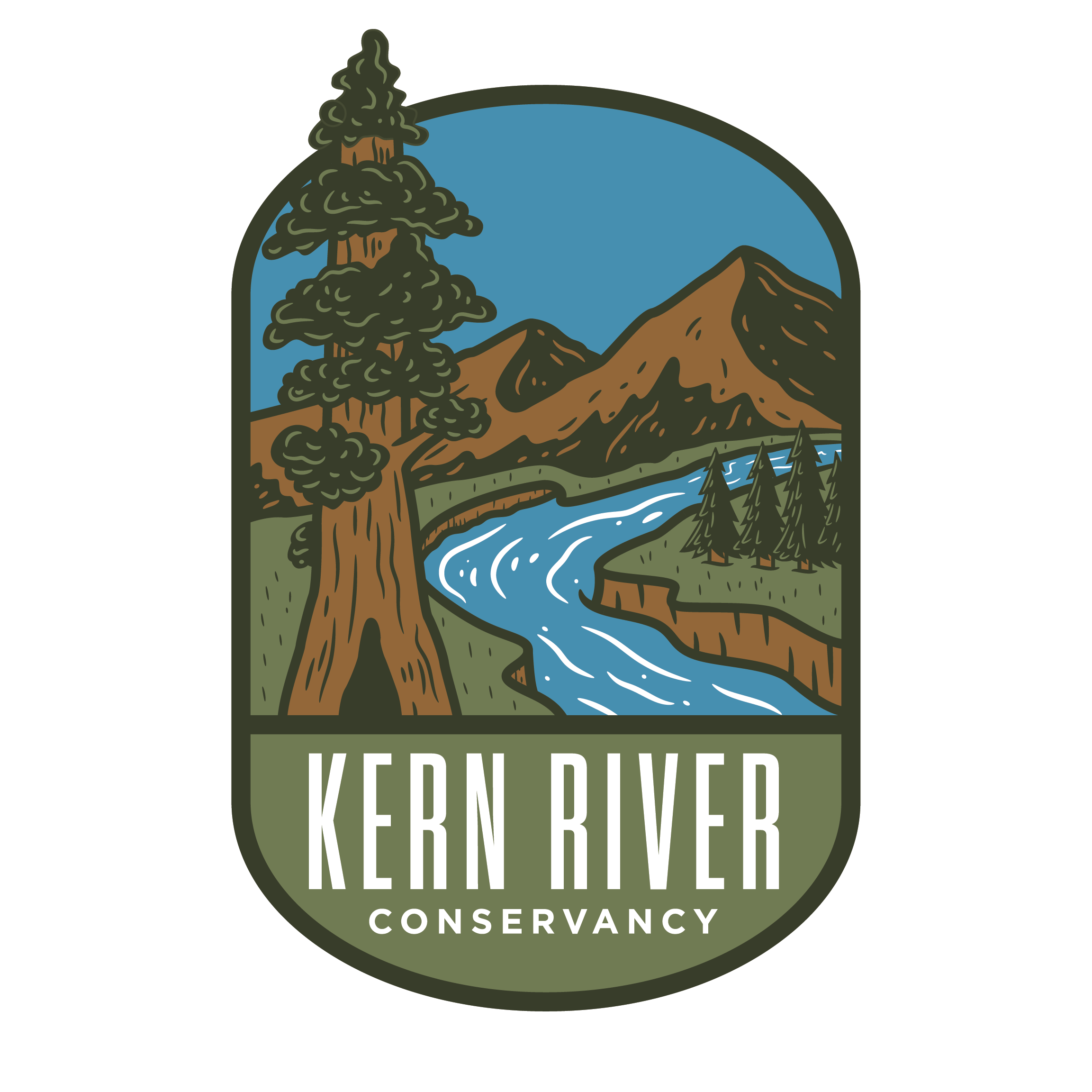Kern Fire Season and Fire Prevention
California’s fire season often leads to devastation and destruction. While some wildfires are from unavoidable natural causes, most are started by humans. It is up to each of us to do our part in preventing wildfires. With the immense amount of water California received this past winter, there is now a large amount of dried vegetation and an even higher chance of fires. We have already had a few small fires in Kern County this summer. Luckily, due to the fantastic efforts of fire crews, they have all been put out quickly.
Fire Prevention Tips:
Pay Attention to Weather Conditions: Weather and drought conditions can affect the flammability of vegetation. The wind is also a significant factor when considering activities that involve fire or sparks.
Keep Vehicles Off Dry Grass: Avoid driving or parking over dried vegetation, as vehicle engines can reach extreme temperatures and easily ignite a fire.
Properly Maintain Your Vehicle: Ensure your vehicle is current on regular maintenance, as poorly maintained vehicles can shoot sparks from their exhaust. Furthermore, always check your trailer's tires, bearings, and axles and ensure chains are not dragging.
Be Prepared: Carry a bucket, shovel, and fire extinguisher in your vehicle to put out fires.
Fire Prevention While Camping:
Pick Your Spot Wisely: Use existing fire circles or pits if available. Do not build a fire in dry or windy conditions, especially if fire restrictions are in place (check with local authorities). Build fires at least 15 feet away from tent walls, shrubs, or other flammable materials.
Prepare Your Pit: You can choose a spot for your campfire downwind from your tent and gear and protected from wind gusts. Clear a 10-foot-wide diameter area around your site, and ensure no limbs or branches are hanging over your pit. Always circle the pit with rocks, or use an existing fire ring.
Build A Campfire: Once you have a prepared pit, you are ready to build the campfire. It is recommended to use three types of wood. Tinder, made of small twigs, dry leaves, or grass, will start the fire initially. Kindling, consisting of twigs smaller than one inch around, will help light the larger wood pieces. Fuel—the large pieces of wood—will provide the heat and sustained flames once the tinder and kindling are consumed.
This is the most crucial step! EXTINGUISH THE FIRE: Campers must adequately maintain and extinguish campfires when going to bed or leaving the area. Pour water on the fire to drown all embers, not just the red ones. Once this is done, stir everything in the pit with a shovel and test for heat with the back of your hand. - Smokeybear.com
*Buy it where you will burn it: Our forests are threatened by non-native insects and diseases. Many of these pests can be transported long distances on firewood. Once transported to new areas, these invasive species can become established and kill many trees and shrubs.


